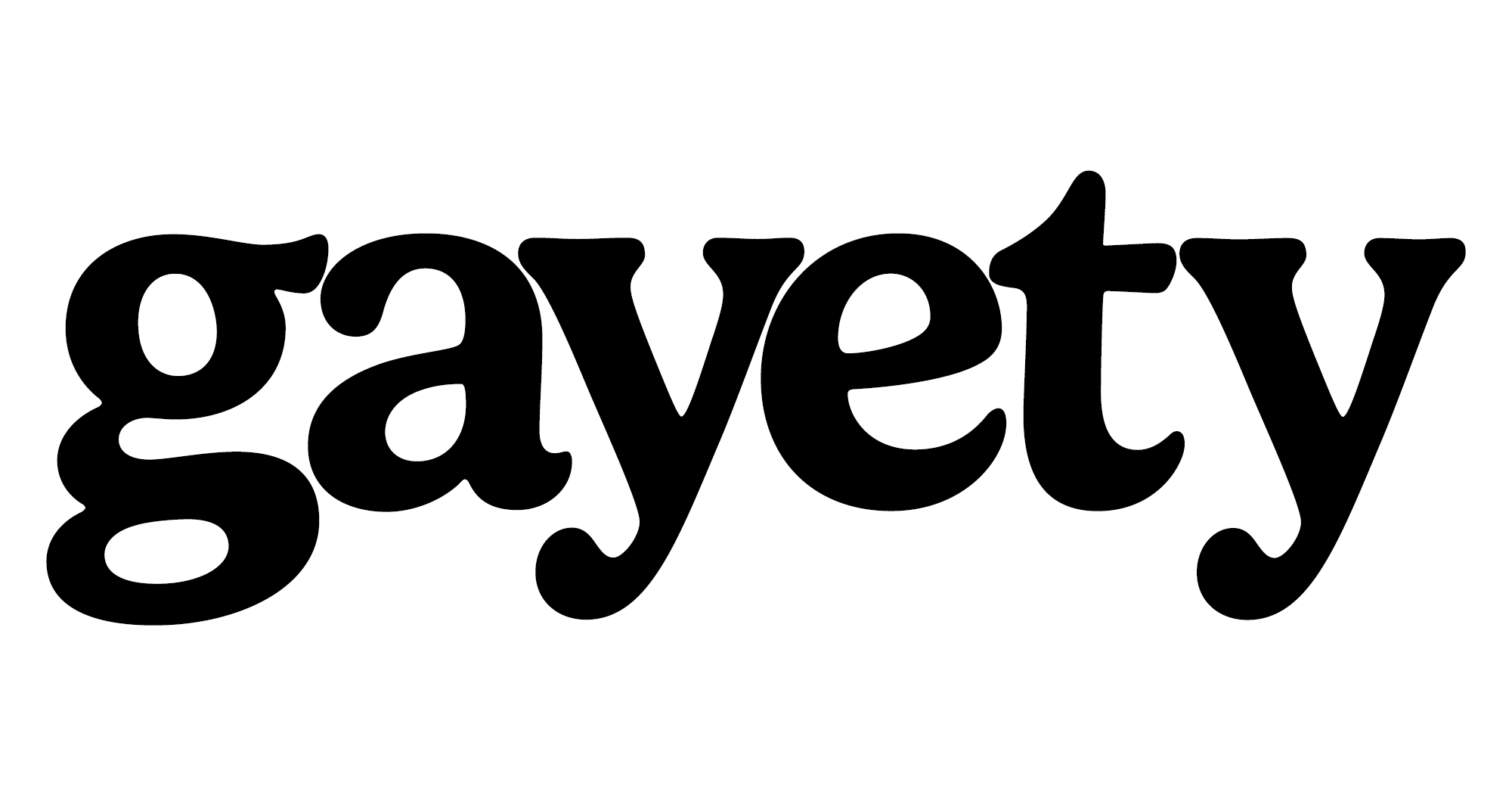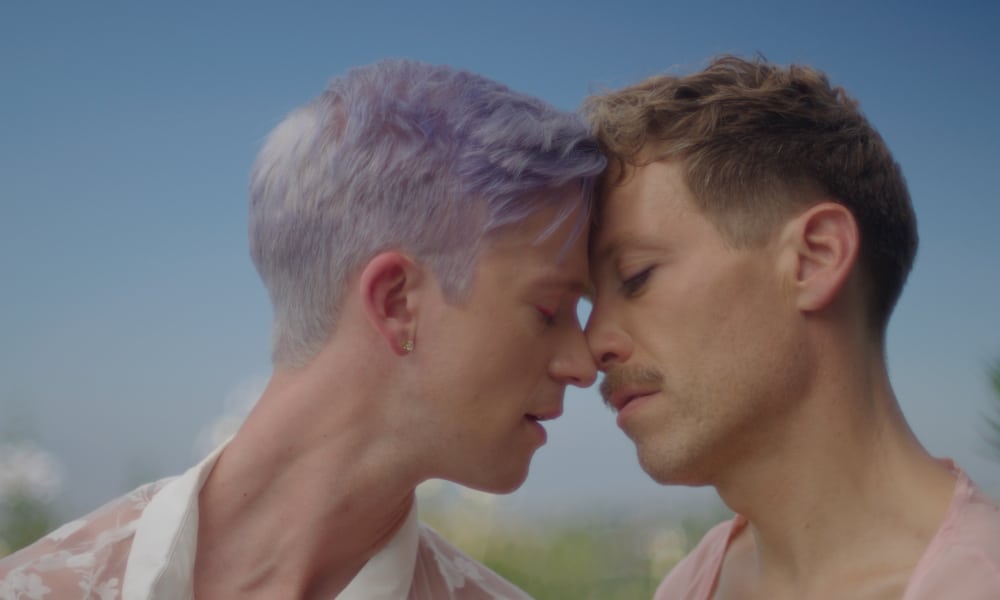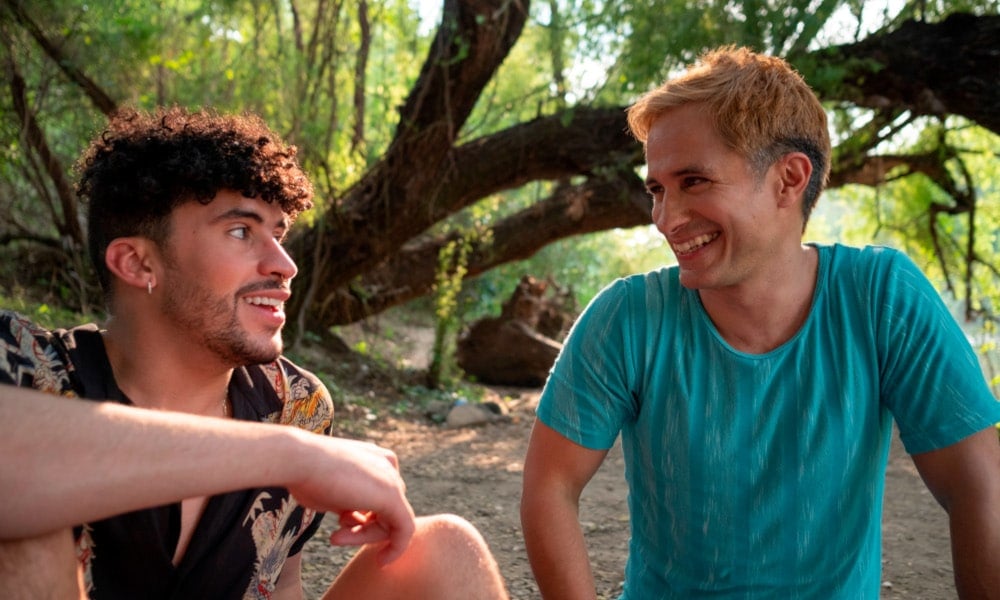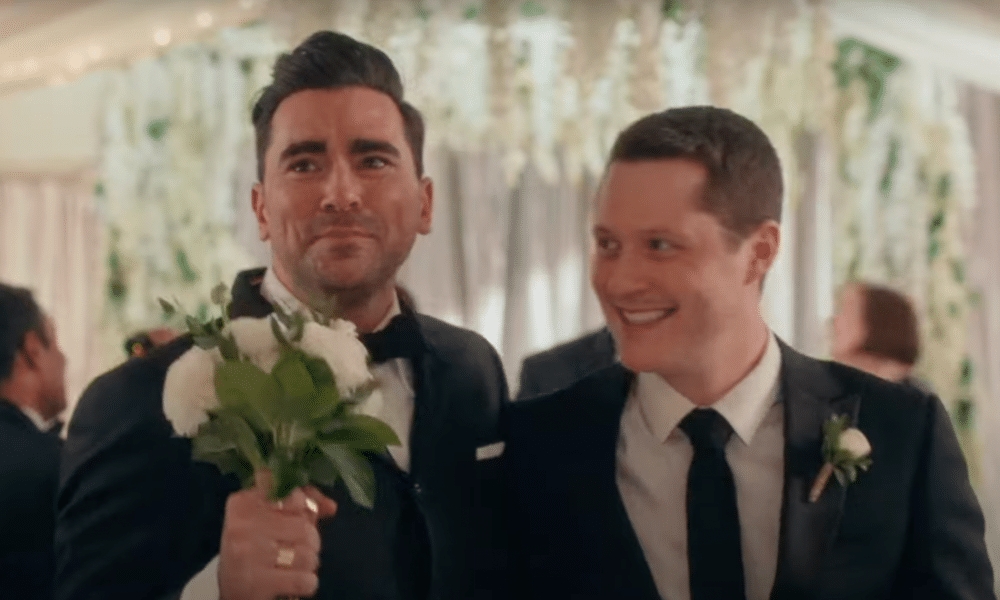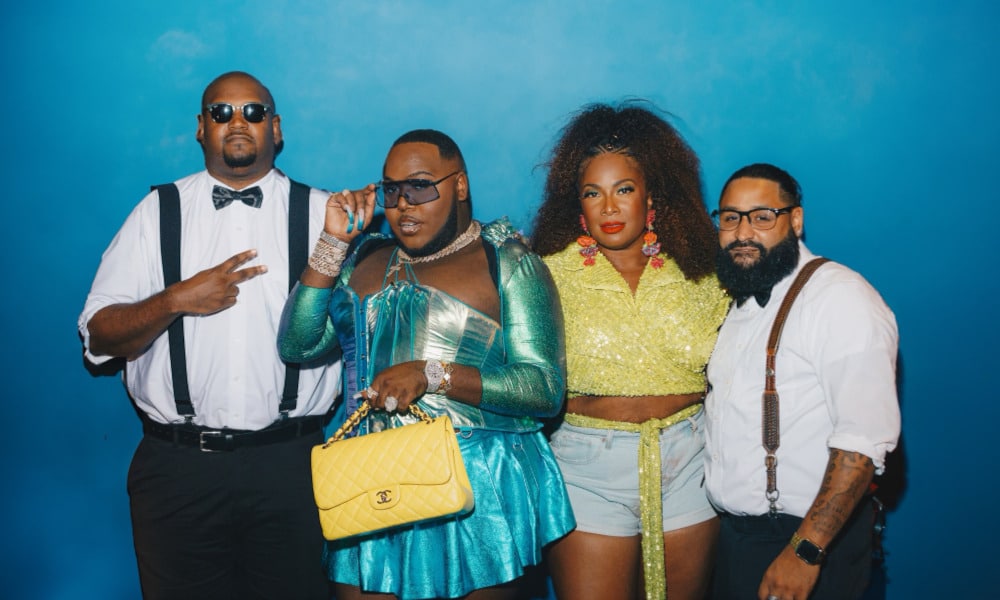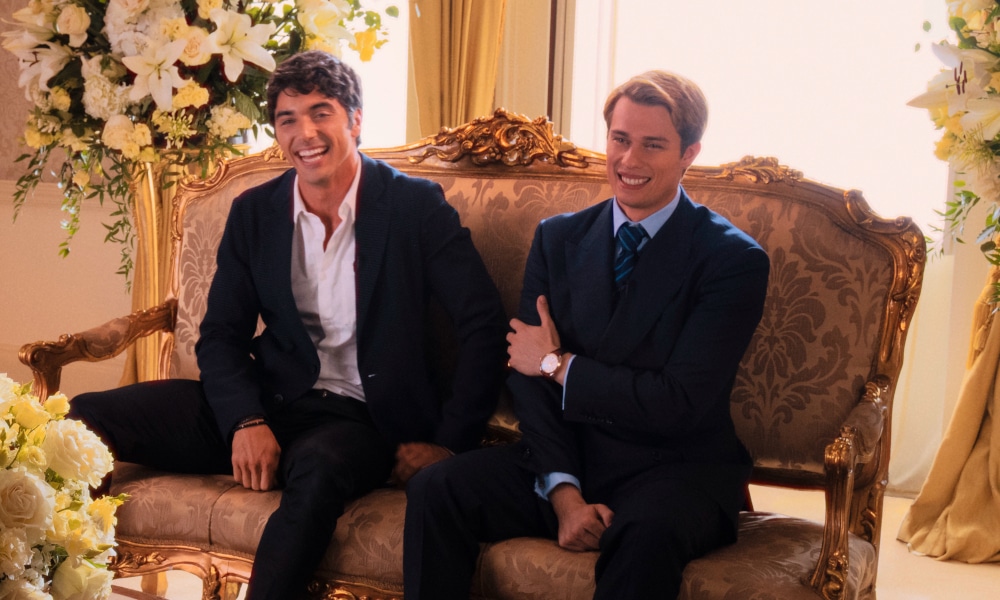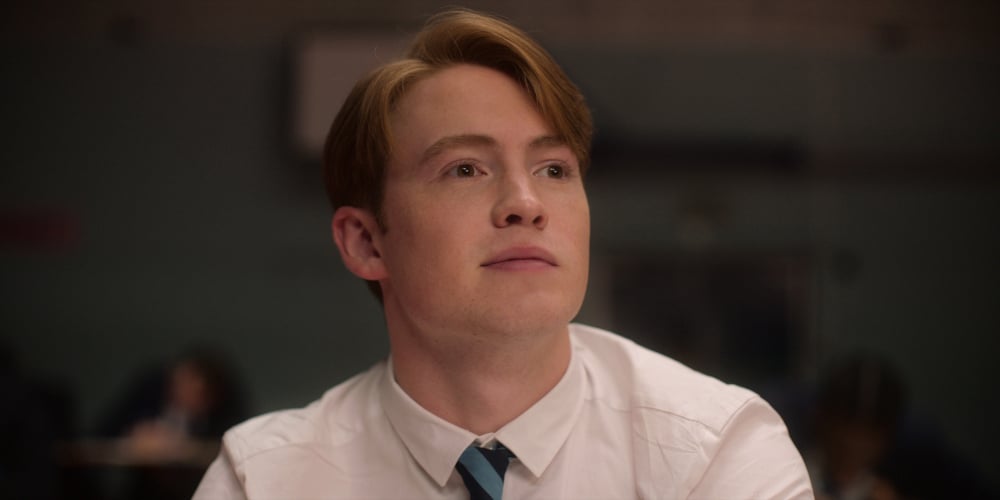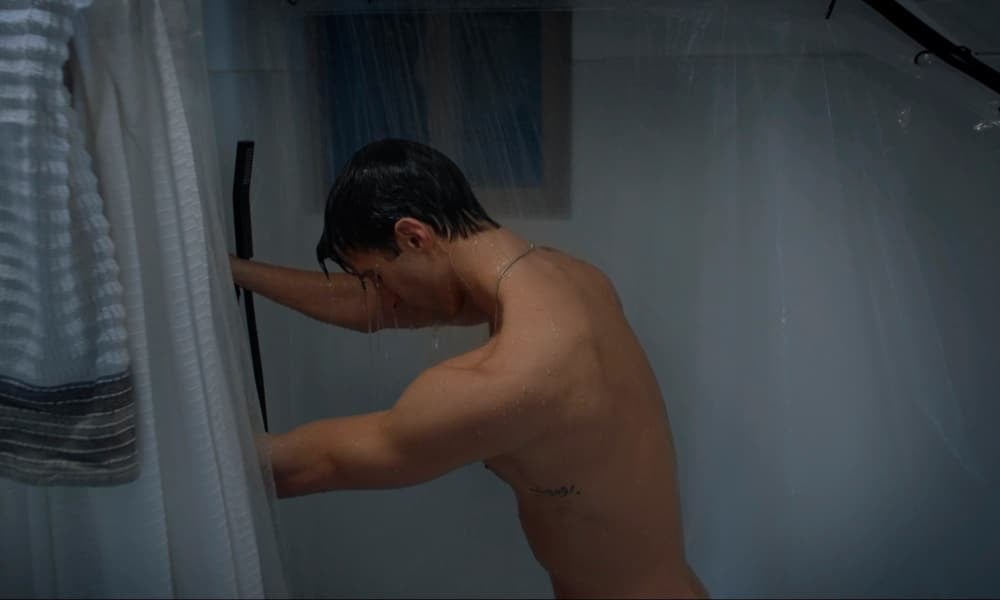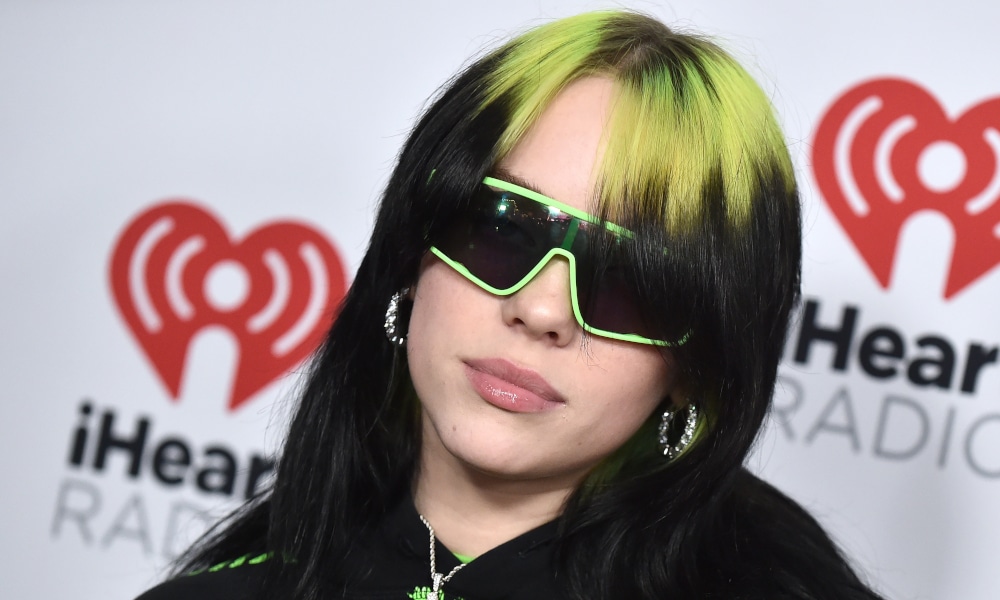Magnus Riise is shaking up the music industry at a magnitude of at least 7.0.
Watch the Trailer for the Gay Wrestling Film, ‘Cassandro’
Roger Ross Williams’ highly anticipated biographical film, “Cassandro,” featuring the remarkable Gael García Bernal as the iconic exótico luchador, has unveiled its first full-length trailer. It’s a dazzling spectacle that promises to be an absolute must-see!

From Luchador to Legend
This compelling cinematic journey delves into the true-life narrative of Saúl Armendáriz, a gay amateur wrestler from El Paso. With the guidance of a new manager, he crafts the persona of Cassandro, a character fondly dubbed “The Liberace of Lucha Libre.”
The trailer takes us back in time to offer a poignant glimpse into his humble origins. Armendáriz reminisces about his introduction to the world of lucha libre by his father, a memory that now remains bittersweet.

After honing his skills as a wrestler in Mexico, initially portraying the role of a rudo, or heel, Sabrina (portrayed by Roberta Colindrez) suggests he try his luck as an exótico, a category of wrestlers who perform in drag, employing camp and flair to challenge the conventional machismo inherent in the wrestling realm.

Love and Wrestling
The trailer also shows scenes with Bad Bunny, who seems to be Armendáriz’s love interest in the movie. At first, Bad Bunny is excited about Armendáriz being a wrestler. But as Cassandro becomes more famous and flamboyant, things grow complicated.

The movie also features Perla De La Rosa, Joaquín Cosío, Raúl Castillo, and the actual luchador El Hijo del Santo.
With its tantalizing blend of captivating storytelling, flamboyant characters, and heartwarming authenticity, Cassandro is poised to be a groundbreaking cinematic experience that will enthrall audiences.
You can catch Cassandro in specific theaters starting September 15, and it will be available for streaming worldwide on Amazon Prime Video from September 22.
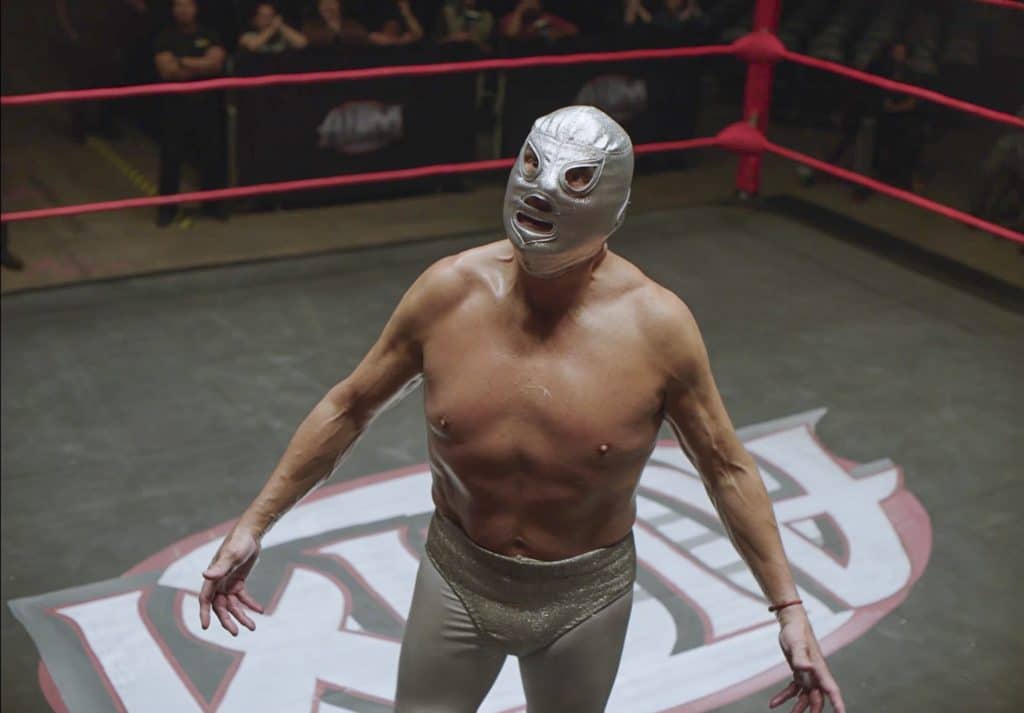









More Stories:
- Exclusive: Kevin Aviance Drops Electrifying New Single ‘Bloodline’ Ahead of Album HIPPOPATAMUS!
- Troye Sivan Shares Sweet Throwback Photo With Chappell Roan From 2015
- Is Antoni Porowski Soft-Launching a New Relationship? Fans Really Think So
- Bob Harper Hits Back at Biggest Loser Trolls: ‘People Just Want to Tear You Down’
- No, Gay Dating Apps Aren’t Outing ‘Closeted Republicans’ Amid Marriage Equality Battle
Dan Levy’s Instagram Post Offers a Glimpse into Patrick and David’s Promising Future
New photos from Dan Levy show him lounging around Italy with his former costar, Noah Reid!
How ‘One Margarita’ Went From a Freestyle Accident to a Viral Queer Anthem
In a recent interview, Angel Laketa Moore, widely known as That Chick Angel, shed light on the captivating story behind the summer hit “One Margarita.” From viral freestyles to a star-studded music video, her journey is nothing short of inspiring.
Angel, a talented lyricist, took us back to where it all began. It started during a podcast called “Here’s the Thing,” which she co-hosts with her friend Kevin Fredericks. The podcast primarily covers pop culture, and one day, they stumbled upon a viral video of a minister delivering an abstinence speech at a college. This clip served as the spark of inspiration for the now-famous song. Angel recalls thinking, “This sounds like the seed of a rap song,” and decided to freestyle right then and there. What followed was unexpected; the freestyle was not only funny but had a catchy New Orleans bounce to it.
Angel posted the clip on TikTok, anticipating that someone would add a beat to it, and that’s exactly what happened. Carl Dixon (Casa Di) and Steve Terrell composed a beat and structured a full song using Angel’s freestyle. The clip began to go viral, and the rest, as they say, is history.
The song has been streamed more than eight million times and has hundreds of TikTok users, including me, using the audio to create lip-sync videos.
‘One Margarita’s Resounding Impact
However, what stands out in this journey is the unexpected inclusivity of the song. “One Margarita” became an anthem for people from all walks of life. Angel didn’t set out to make it a universal hit, but the song’s message of love and acceptance resonated with a broad audience, including the LGBTQ+ community.
“When we put out the song, the song I think hit DSPs or like hit, iTunes and hit Spotify on May 31st. So the day before Pride Week, I was super duper excited because I was like, I was seeing a lot of queer people use the song. And I do love the inclusiveness of the song, right? I love the fact that like we didn’t shy away. While I might not be someone who’s putting it in anybody’s bummer putting it in my own, there are people who do, and I’m not about to shame them because that’s how they get down.
“While I don’t think I set out thinking this will be the song that includes the whole diaspora of sexuality, I love the fact that that’s what it did. Because I know that’s not, that wasn’t the intention of the original sermon, but I do love that it got to be a part of the message that’s being received in the actual song.”
Saucy Santana Remix
Following the success of the song, Angel brought back Steve Terrell and Casa Di to create a new music video to encapsulate the steamy summer vibes of the track. Saucy Santana delivers a fiery rap verse that ignites summer clubgoers, while Cindy Crawford kicks off the music video by reimagining her ’90s Pepsi ad with a Casamigos margarita twist. Together, Angel and Saucy celebrate a hot girl summer, sending a message to all the ‘Sister Cindy’ types out there. Directed by Jake Wilson, the video showcases them living their best lives at Silver Lake’s El Cid restaurant, with surprise cameos including Casa Di and Steve Terrell as smitten bartenders, TikToker Terri Joe as a lively server, and even Angel’s husband, Marcus Tanksley. It’s an unforgettable summer sensation you won’t want to miss!
Angel Talks Success of “One Margarita”
Reflecting on her journey, Angel emphasized the importance of not selling oneself short and pursuing dreams, no matter how old they may be. This experience has shown her that dreams don’t have expiration dates, and she’s now ready to explore a new chapter in her artistic journey.
“For me, specifically being that I say I’m not a spring chicken, you know, I’ve been here for a little bit. Um, this, while this was not something I set out to do in 2023, or actually I can stay in adult life being, like a musician, being an artist in the music industry has always been like a quiet dream of mine. Not one that I, like I say out loud seriously, because of, of just feeling like, you know, I don’t fit in. I don’t know if I can do it. It’s amazing to me at the age that I am that I can still make dreams come true.
“So that’s the bigger part I feel like of this whole journey for me that I’m loving and I’m glad that I’m getting the chance to show up for myself.”
“One Margarita” is more than just a catchy song; it’s a testament to the power of creativity, inclusivity, and the unexpected twists that life can bring. Angel Nikita Moore’s journey from viral freestyle to sensation is a reminder that dreams can come true when you least expect them. Cheers to Angel and her journey to the top!
Watch the full interview with Angel Laketa Moore below.
More Stories:
- Exclusive: Kevin Aviance Drops Electrifying New Single ‘Bloodline’ Ahead of Album HIPPOPATAMUS!
- Troye Sivan Shares Sweet Throwback Photo With Chappell Roan From 2015
- Is Antoni Porowski Soft-Launching a New Relationship? Fans Really Think So
- Bob Harper Hits Back at Biggest Loser Trolls: ‘People Just Want to Tear You Down’
- No, Gay Dating Apps Aren’t Outing ‘Closeted Republicans’ Amid Marriage Equality Battle
The Hallmark Channel is Releasing a Gay Fall Film Starring Luke Macfarlane
It’s official – Hallmark Channel is giving us another fluffy queer romance movie to obsess over this fall.
Prime Video Drops ‘Red, White & Royal Blue’ Deleted Scene
If you thought Red, White & Royal Blue could not get any sweeter, think again! May we present to you, the Cornetto scene!
Kit Connor Offers Coming Out Advice
Rising sensation Kit Connor, well-known and beloved for his role in the Netflix series Heartstopper, offers advice on navigating the challenges of disclosing one’s identity.
Here’s When You Can See Matt Bomer’s Hot New Queer Series, ‘Fellow Travelers’
The mini-series, which stars Matt Bomer and Jonathan Bailey, is a gay romance and political thriller set in McCarthy-era Washington.
Queer ‘SLASHR’ Film Promises a Modern Twist on Classic Horror
Prepare for heart-pounding suspense as SLASHR, a chilling new thriller, redefines dating apps and remote cabins. This indie gem melds classic slasher elements with modern themes in a gripping story of love, tech, and survival.

About SLASHR
In the depths of a remote mountain cabin, the quiet tranquility quickly turns into a nightmarish battleground for Ashkan, a young man on the rebound from an unexpected breakup. But what was supposed to be a relaxing retreat becomes a terrifying struggle for survival as he finds himself pursued by a relentless killer.
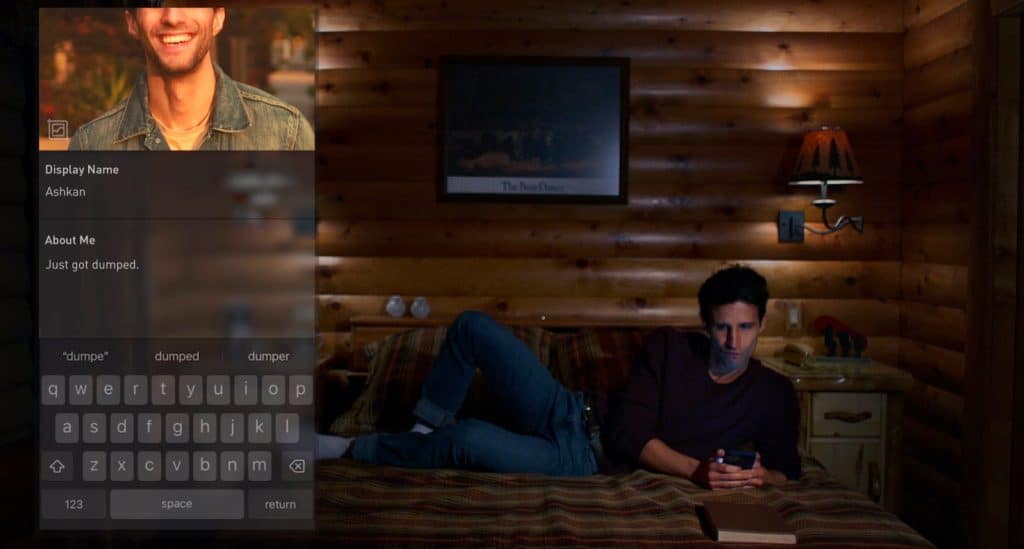
Scroll down for thrilling stills from the film.
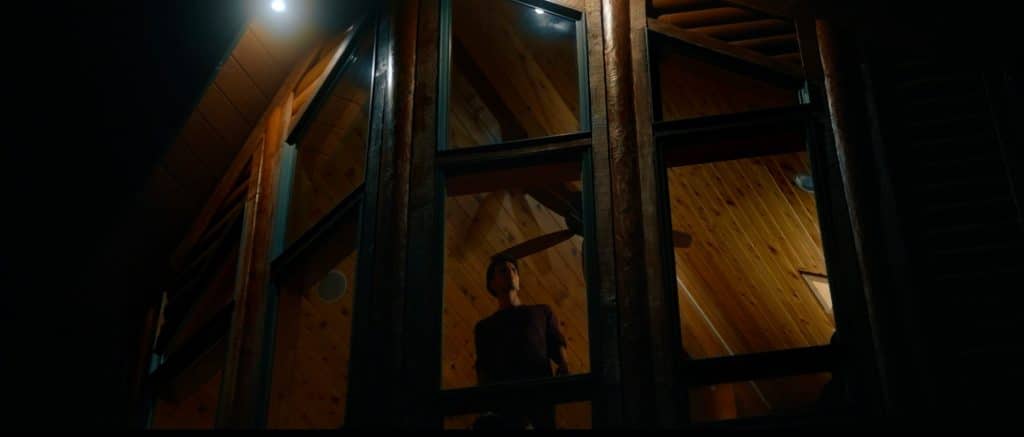
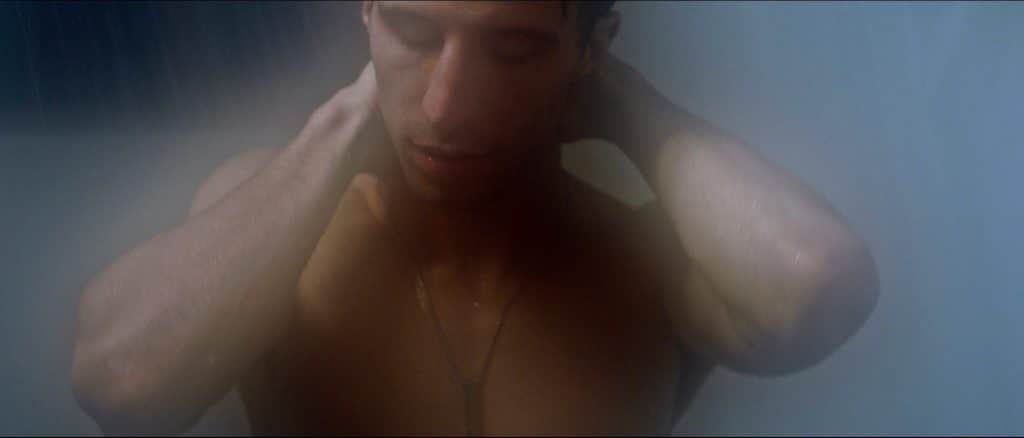
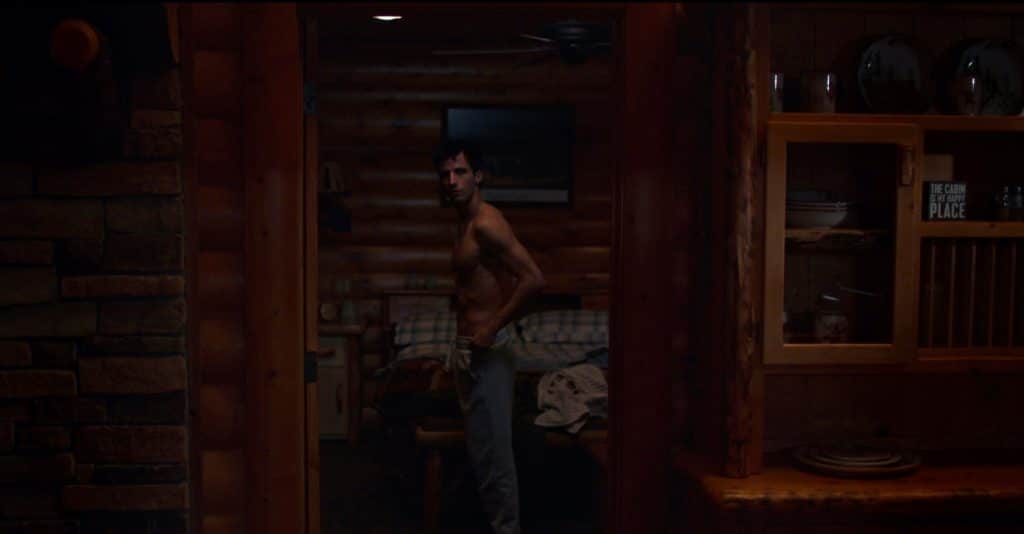

Meet SLASHR‘s Diverse Cast and Crew
Driven Equation‘s power duo, Helena Sardinha and Rafael Thomaseto, have masterminded this chilling experience alongside director Amir Moini and director of photography Tara Niami. With most of the cast and crew identifying as queer and BIPOC, SLASHR promises a nail-biting narrative and represents a significant step towards inclusivity and representation in the industry.
Director’s Vision
In SLASHR, director and writer Amir Moini aims to weave a tapestry of classic horror with contemporary anxieties. With a nod to iconic slasher films like When a Stranger Calls, Scream, and Halloween, the film delves into modern fears. This includes dating apps, isolation, and the ongoing challenges faced by the LGBTQ+ community.

“Although the main character, Ashkan, is physically alone, he’s constantly inundated with messages, texts, voice notes, and calls,” he said in a statement. “This tension shows the modern contradiction of technology being incredibly isolating and connecting simultaneously – and how a part of you can die or rewire (metaphorically or in this case, literally) when you commodify human needs and emotions like desire, loneliness, and companionship.”
Expanding Queer Narratives in Horror
SLASHR expands LGBTQ+ horror, departing from typical comedic/dramatic portrayals to embrace queer storytelling in thrilling style. Additionally, the film aims to expand the spectrum by delivering pulse-pounding terror with a diverse cast. It features an Iranian character whose identity is one facet of his multi-dimensional humanity rather than the plot’s central focus.
As SLASHR prepares to carve its mark in horror history, prepare for a rollercoaster of scares, suspense, and social commentary.
The film will premiere at several film festivals this year. So, better mark your calendars for Horror Hound on Aug. 19, Queer Screams from Aug. 18-20, and Scream Fest LA from Oct. 11-19.
Watch the trailer for SLASHR here.
More Stories:
- Exclusive: Kevin Aviance Drops Electrifying New Single ‘Bloodline’ Ahead of Album HIPPOPATAMUS!
- Troye Sivan Shares Sweet Throwback Photo With Chappell Roan From 2015
- Is Antoni Porowski Soft-Launching a New Relationship? Fans Really Think So
- Bob Harper Hits Back at Biggest Loser Trolls: ‘People Just Want to Tear You Down’
- No, Gay Dating Apps Aren’t Outing ‘Closeted Republicans’ Amid Marriage Equality Battle
Did Billie Eilish Just Come Out on IG?
In a recent Instagram Q&A session on Saturday, August 12, Billie Eilish hung out with her fans on Instagram, taking all kinds of questions that got everyone talking and wondering.
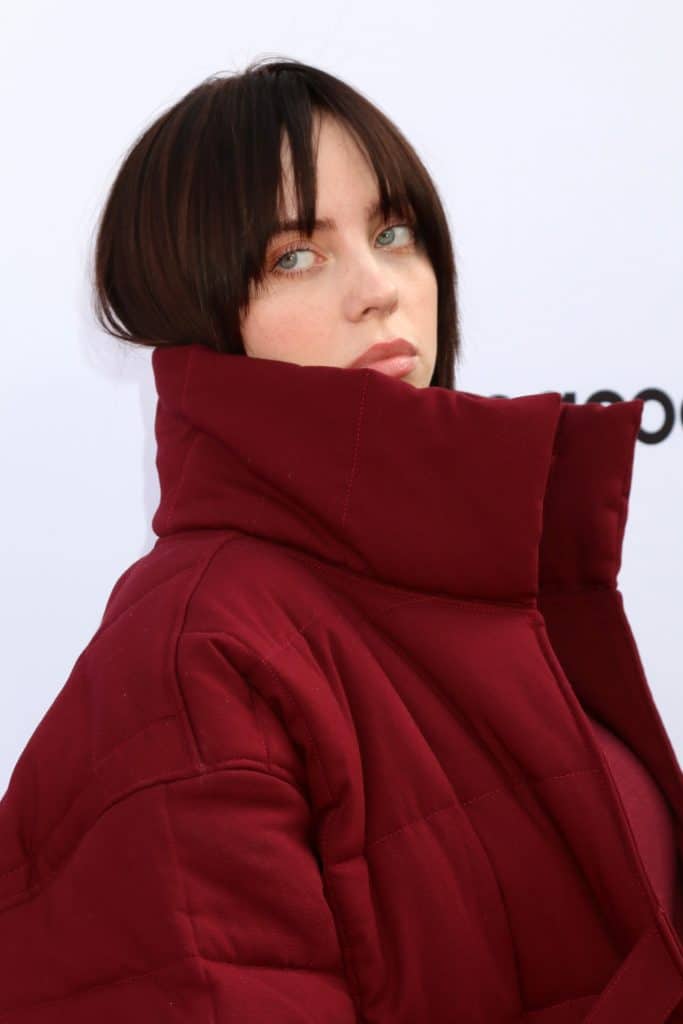
One curious fan asked, “Who’s your celebrity crush?” Eilish’s response was subtle yet intriguing as she shared a simple snapshot of Maya Hawke, known for her roles in Stranger Things and Do Revenge. Same, Billie, same. Then, another fan basically echoed all our thoughts with a single word: “Fruity?” And Eilish had a cheeky comeback, sharing a pic of all sorts of fruits.
What Does This Mean?
For any of her devoted fans, these responses resonated like never before, raising questions about Eilish’s sexual orientation. Past online discussions have highlighted instances where Eilish hinted at her placement within the LGBTQ+ spectrum. In contrast, some critics have accused the pop icon of queerbaiting.
Just so we’re clear, Billie Eilish hasn’t officially said she’s queer. But here’s the cool part: she’s known for mixing serious stuff with humor and using memes to say real things. So, fans are like, “Wait, there might be more to these posts!”
Yep, folks are really diving into this Billie Eilish chat.
More Stories:
- Exclusive: Kevin Aviance Drops Electrifying New Single ‘Bloodline’ Ahead of Album HIPPOPATAMUS!
- Troye Sivan Shares Sweet Throwback Photo With Chappell Roan From 2015
- Is Antoni Porowski Soft-Launching a New Relationship? Fans Really Think So
- Bob Harper Hits Back at Biggest Loser Trolls: ‘People Just Want to Tear You Down’
- No, Gay Dating Apps Aren’t Outing ‘Closeted Republicans’ Amid Marriage Equality Battle

